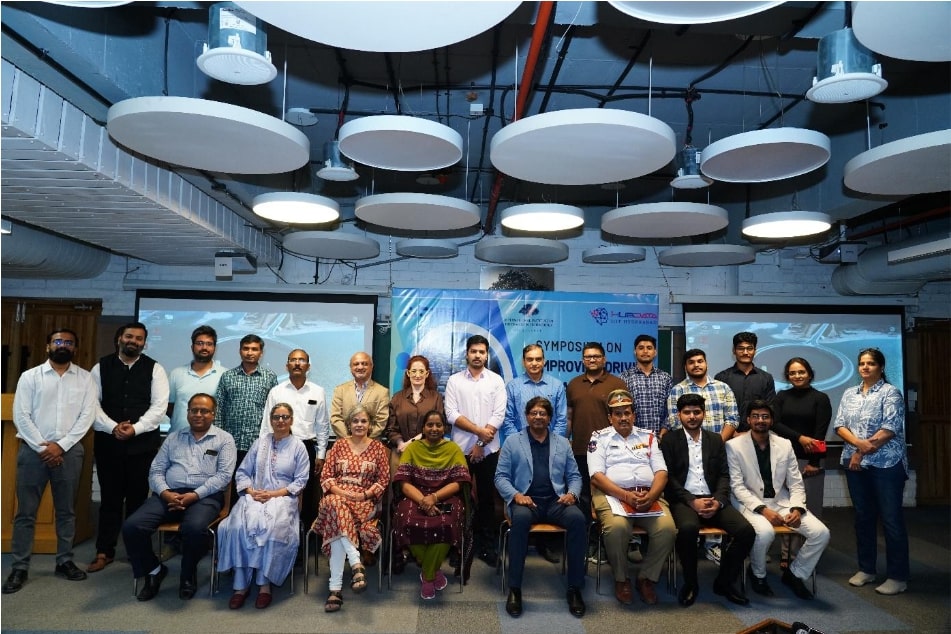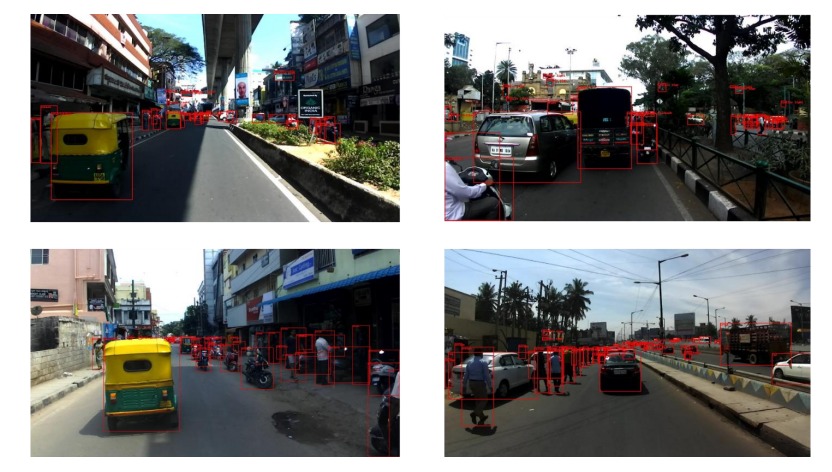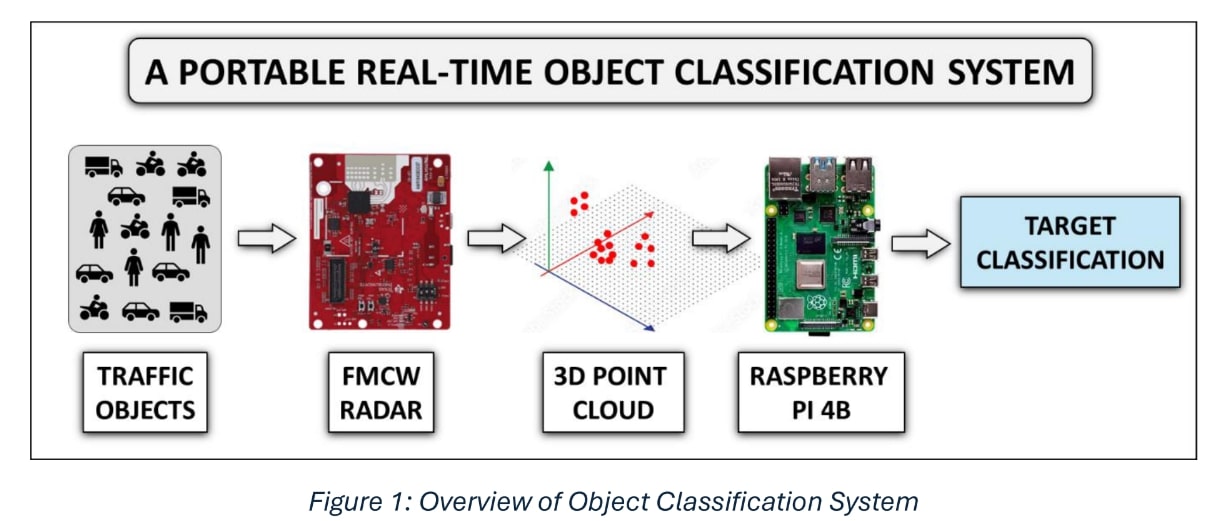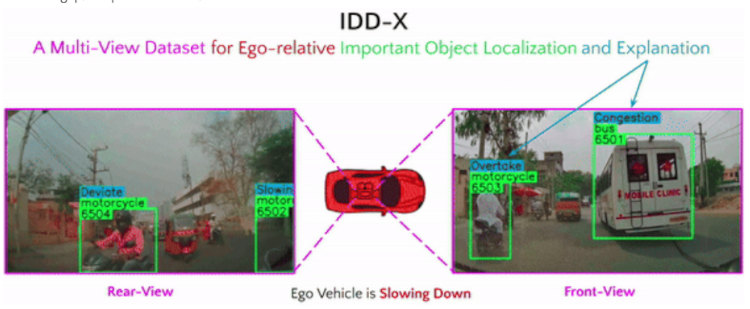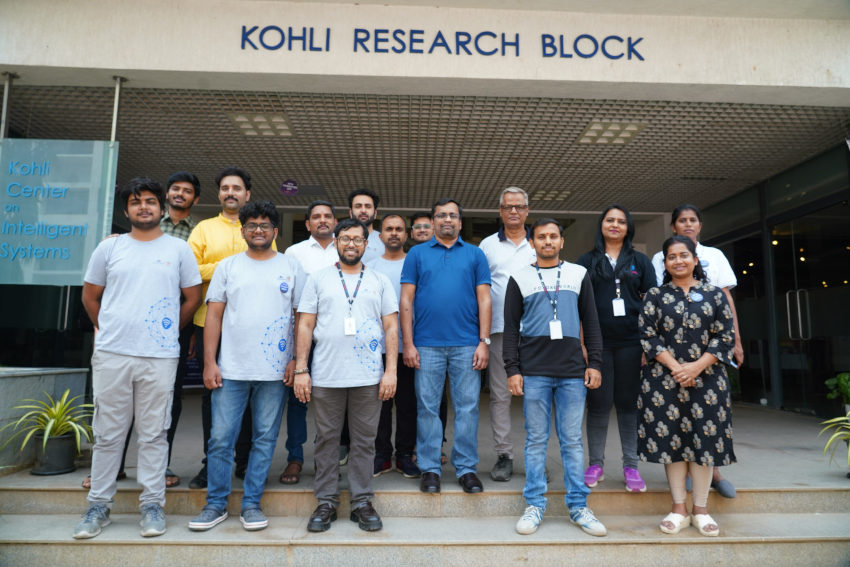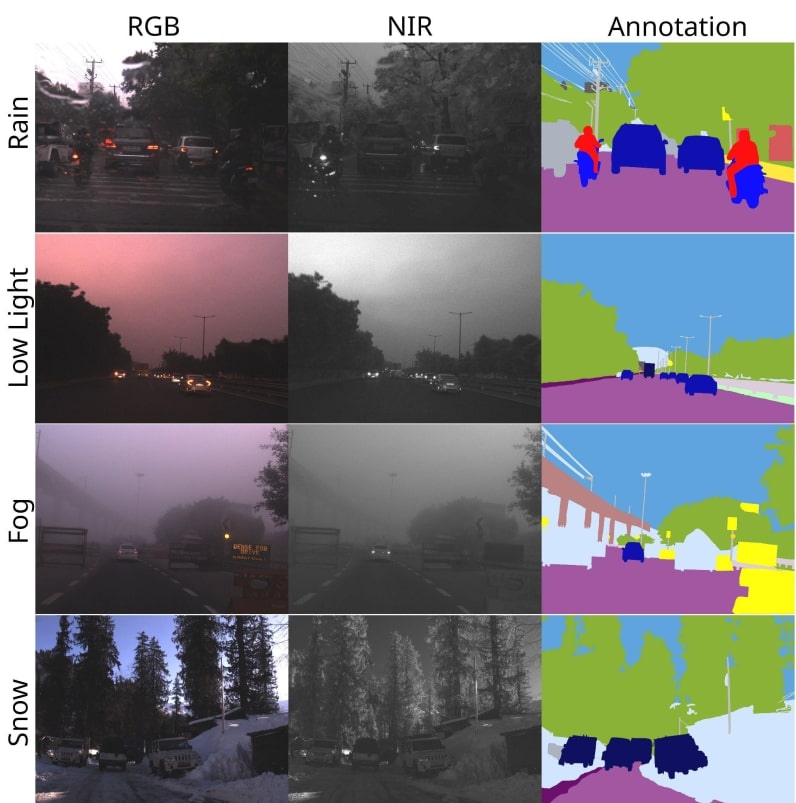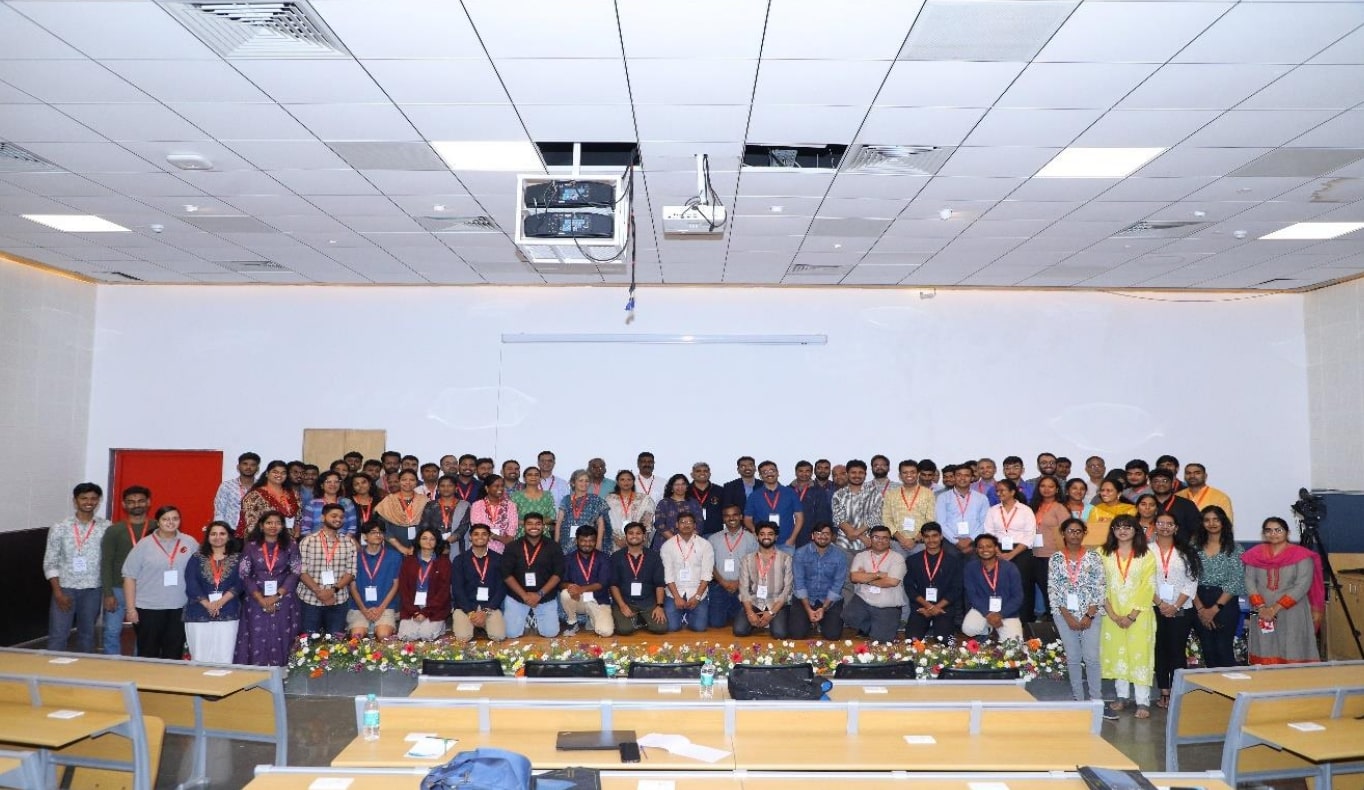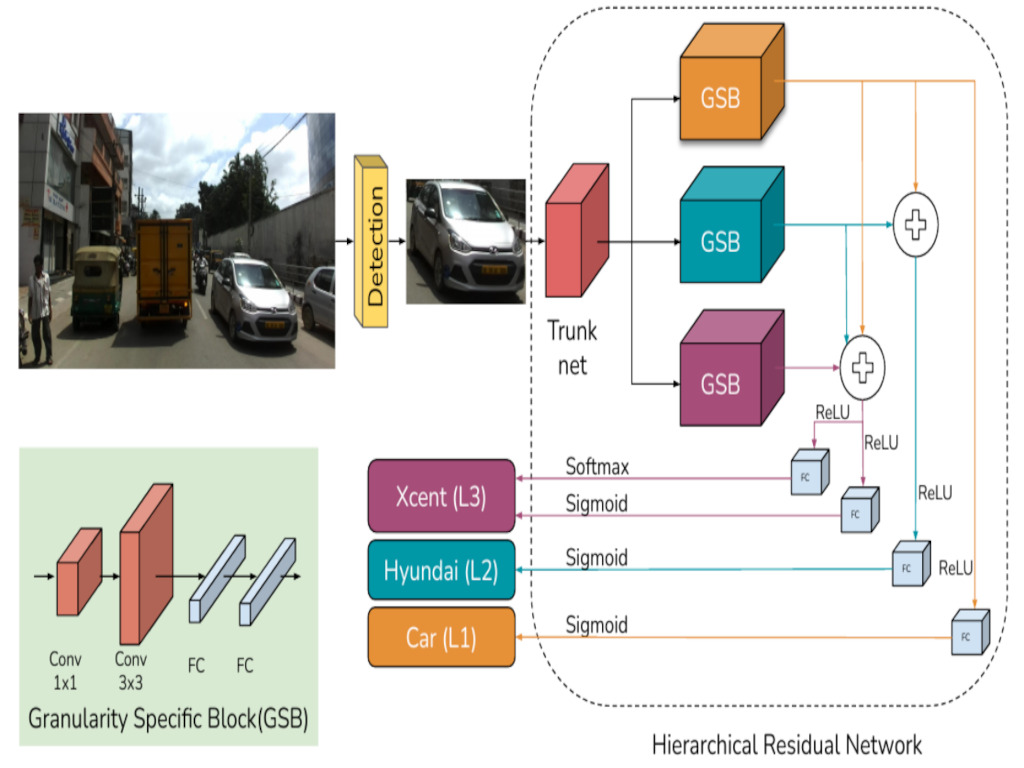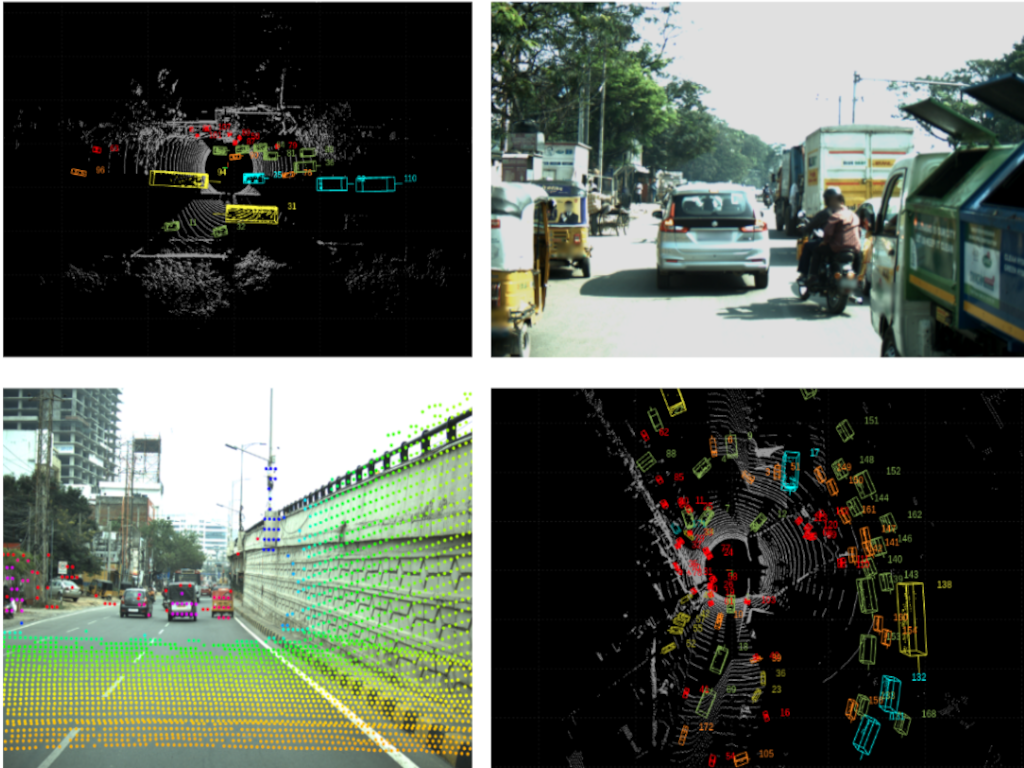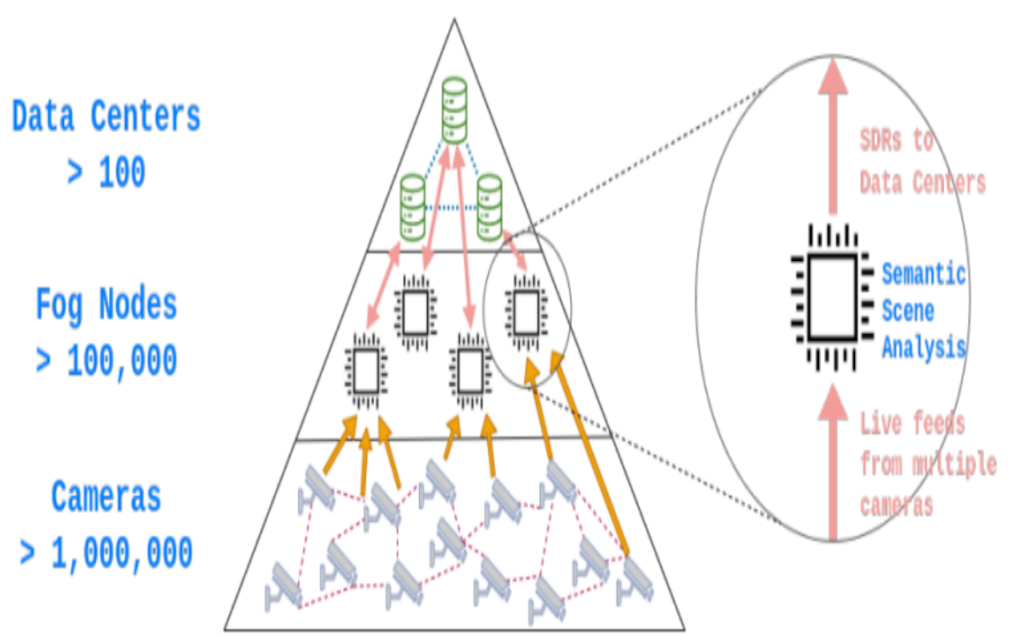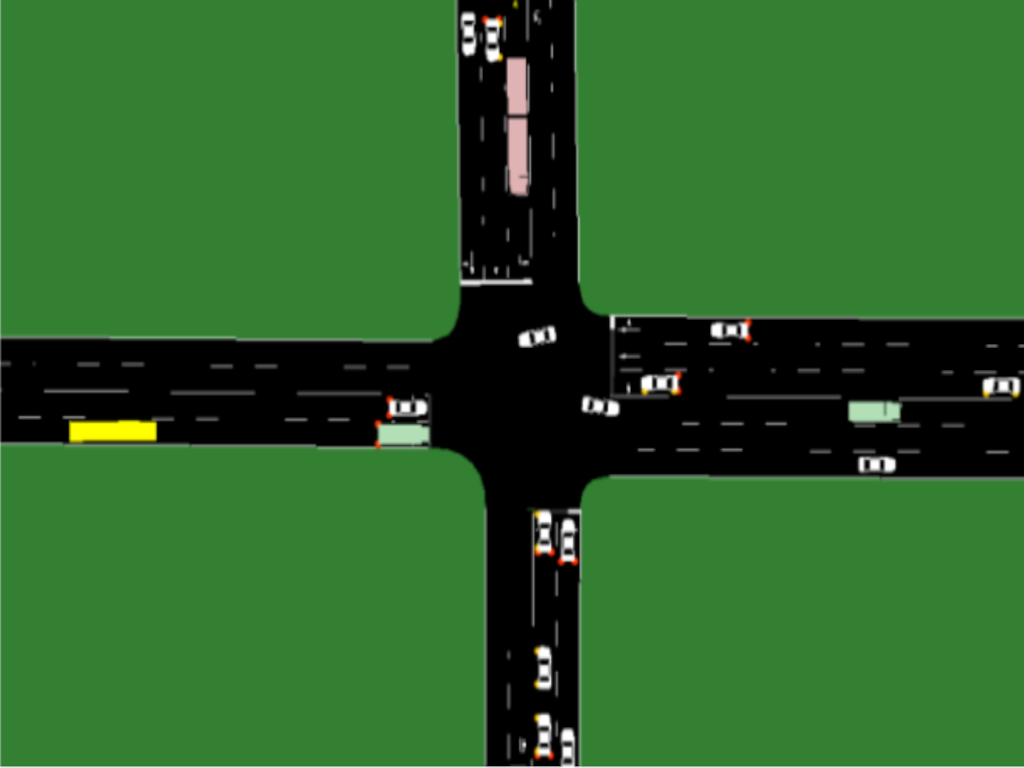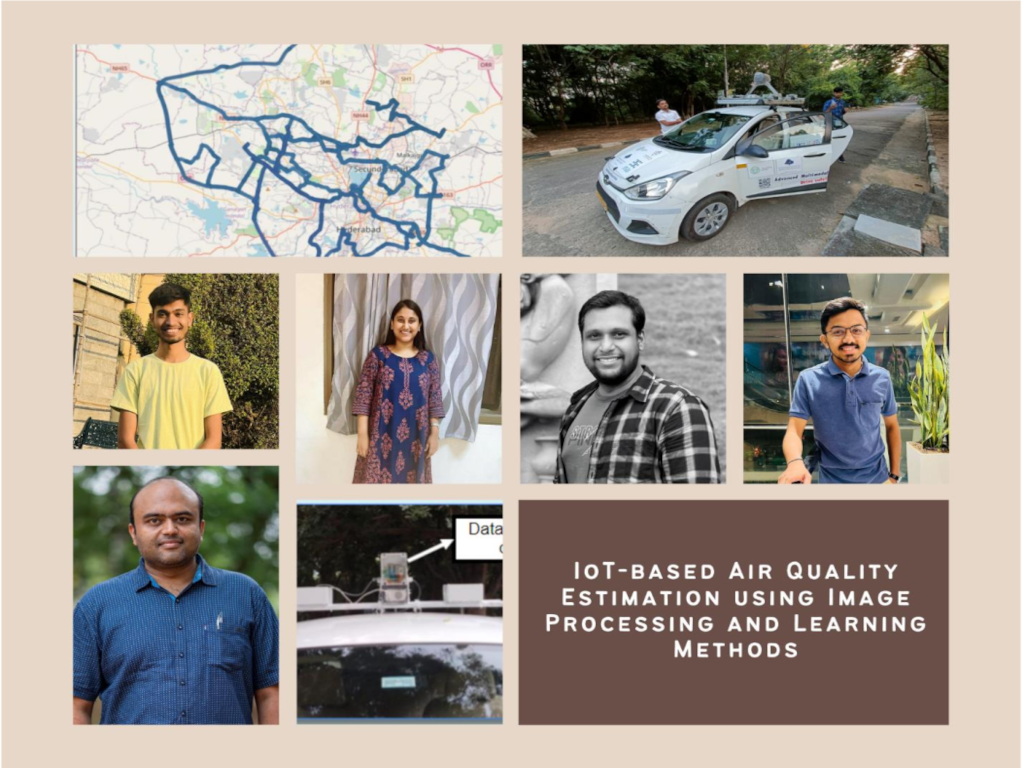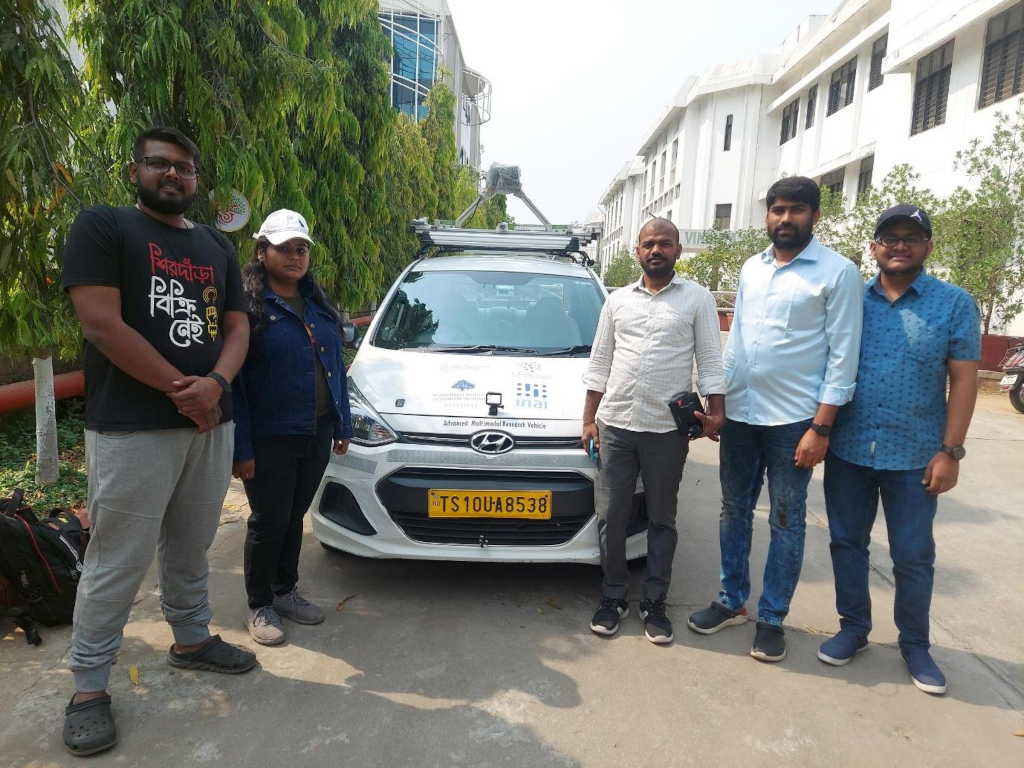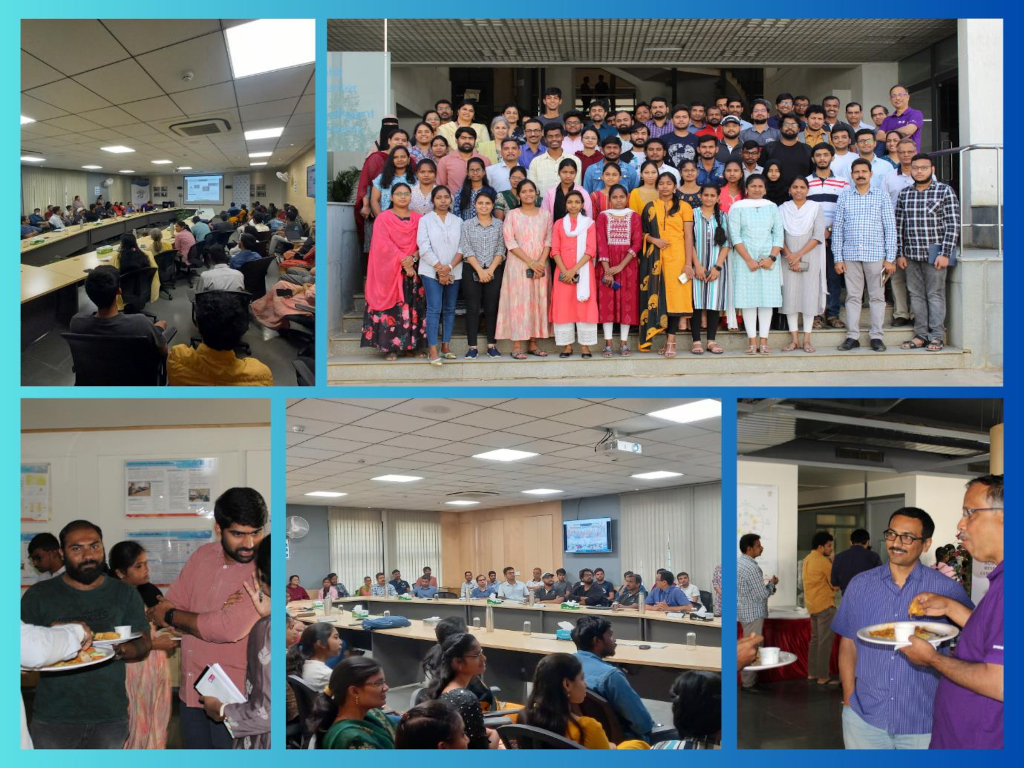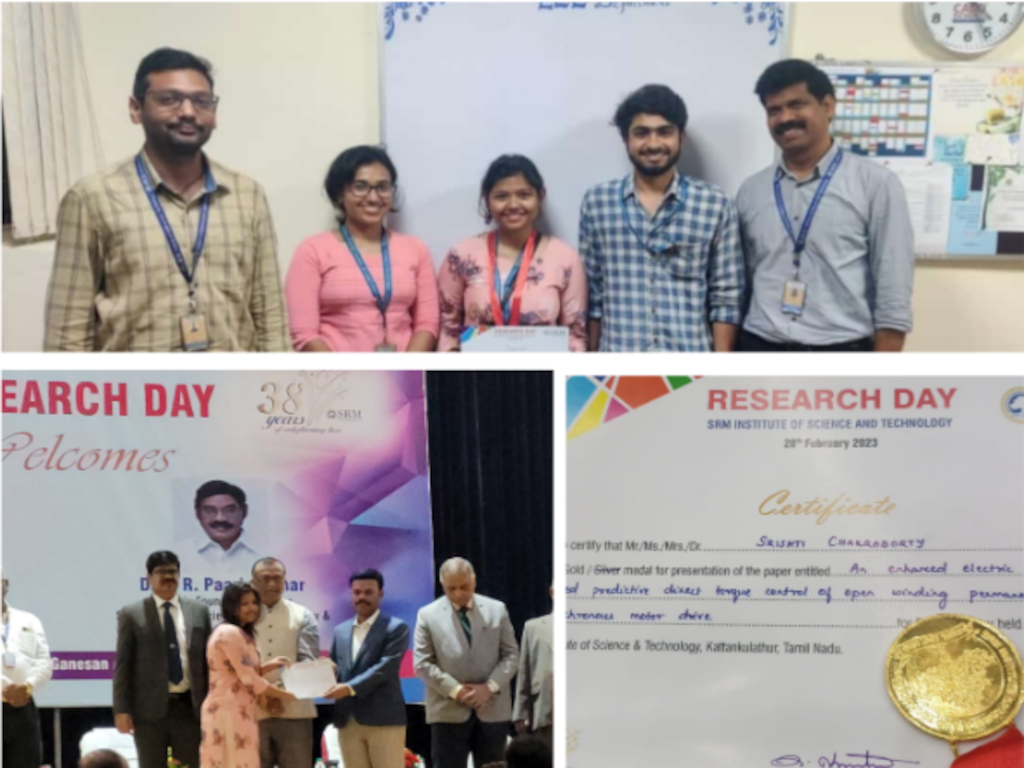
Road Quality Indicator (RQI) for the Heterogeneous Nature of Indian Roads
India, with its vast and diverse road infrastructure, offers a unique and challenging experience for drivers and commuters. From well-paved highways to pothole-ridden village lanes, navigating through such a heterogeneous network demands a reliable Road Quality Indicator (RQI). Recognizing the need for a customized solution, Dr. Hrishikesh Venkataraman and his team at IIIT Sri City embarked on a groundbreaking project to develop an innovative RQI specifically tailored to the Indian road scenario.
By : Hrishikesh Venkataraman, N. Jaswanth, B. Vishnu Vamsi, Manohar Sai Alapati, Aniketh B, Thejas P
The main Objectives of the team for this project are as stated below:
- Investigate different aspects of road quality (lane markings, road curvature, etc.), driving characteristics including lighting conditions.
- Focus on the analysis of key Road Quality Indicators (RQI) for heterogeneous road conditions and furthermore present some experiments.
- Multi-sensor-based analysis of present road conditions and develop a mechanism for quantifying the RQI.
Timeline of Project Completion:
- The project commencement date: 01/06/2021
- Planned date of completion: 30/06/2022
- The actual date of completion: 15/07/2022
The Road Quality Index (RQI) was based on different aspects such as: - Lane characteristics: Lane width, shoulder-width, etc. - Potholes: Number, Dimensions, Cracks, etc - Markings: No. of lanes, Lane marking, zebra crossing, etc - Roads: Road Terrain, Reflector, Curvature, Seasonal Effects, etc - Lightings: Street light, Day/Night, etc
A detailed illustration of the different factors affecting the road quality are indicated in Fig. 1
The road quality indicators would typically consist of ‘static’, ‘near-static’ and ‘dynamic’ factors depending on how frequently their value changes. The static or ‘near-static’ factors such as lane markings, lighting conditions, shoulder width, central median, etc. can be identified and given due weightage. The data points obtained from multiple sensors were integrated. Once the data points are obtained, technologies like machine learning, sensor data analytics and computer vision are applied for investigating the road quality. Importantly, in order to provide a rating for the overall road quality,multi-criteria logic control block using multi-attribute decision making approaches such as - Simple Multi Attribute Rating Technique (SMART), Analytic Hierarchy Process (AHP) and hybrid models for scoring could be investigated for use. It is to be noted that for each stage, a multi-sensory approach was adopted to get the individual characteristics, and ranking for a score of 1-10 was obtained, which was then integrated to get an overall RQI.

Lane Analysis Prediction

Vision-based analysis played a pivotal role in detecting and classifying various road features. The team employed state-of-the-art object detection and segmentation models, including YOLO V4 and Lane Net, to identify lane markings and potholes accurately. These models showcased remarkable performance, ensuring precise lane detection and pothole identification.

Importantly, all tests were carried out for the Indian road scenarios. The RQI was designed to have both subjective and vehicular-based quality indicators. This is because the RQI could be different for different types of vehicles. For instance, in the Indian context of residential and small streets, a particular road may be perfectly suitable for two-wheelers such as bikes, scooters, etc. while not being suitable for others such as autos and four-wheelers. This work mainly took into consideration the road and vehicle conditions and provided a customized RQI that would be more useful for different vehicle types in the heterogeneous road environment.
RQI Integration

- Explore the multi-sensor calibration.
- Pre-process the data - avoid gimble lock issue in IMU sensor data.
- Feasibility of multi-sensor fusion.
- Deploying in Jetson Nvidia Nano - Validation and testing
Visualization of Route Coverage - Maps

To validate the effectiveness of the RQI, the team collected data from various routes encompassing different road types. These routes covered both plain roads and areas with uneven surfaces, including potholes. The analysis of this extensive dataset confirmed the RQI's effectiveness in diverse scenarios, ensuring its applicability across India's varied road conditions.
Conclusions by the team on Project completion:
Summarizing the achievements and indication of scope for future work:
- A novel Road Quality Index (RQI) indicator based on Indian road and Traffic scenarios; that would also take into account the vehicle type, while giving a RQI score.
- The RQI is dynamic and would be updated at different times of the day and week, depending on real-time traffic scenarios.
- Proposed RQI is real-world deployable tested based on collected dataset in 4 small cities - North Chennai, Tirupathi, Sri City and Kalahasth
Acknowledgements
The authors acknowledge the IIIT-IHUB and Tirupati Traffic Police, Govt. of A.P, India for their advice and support.

